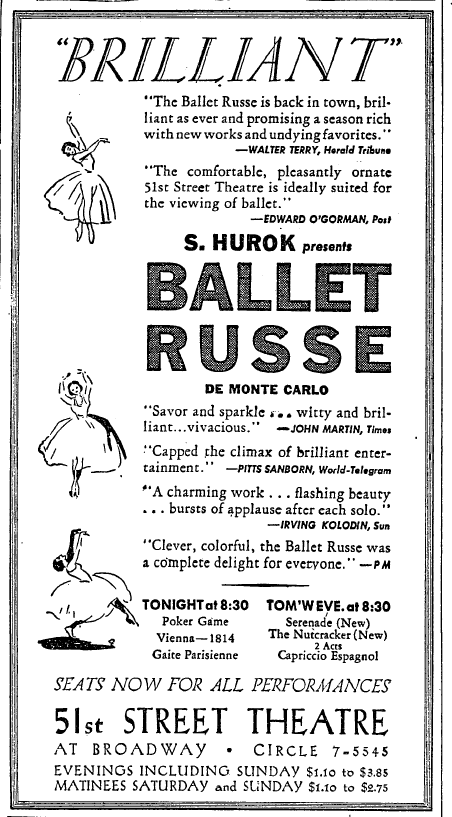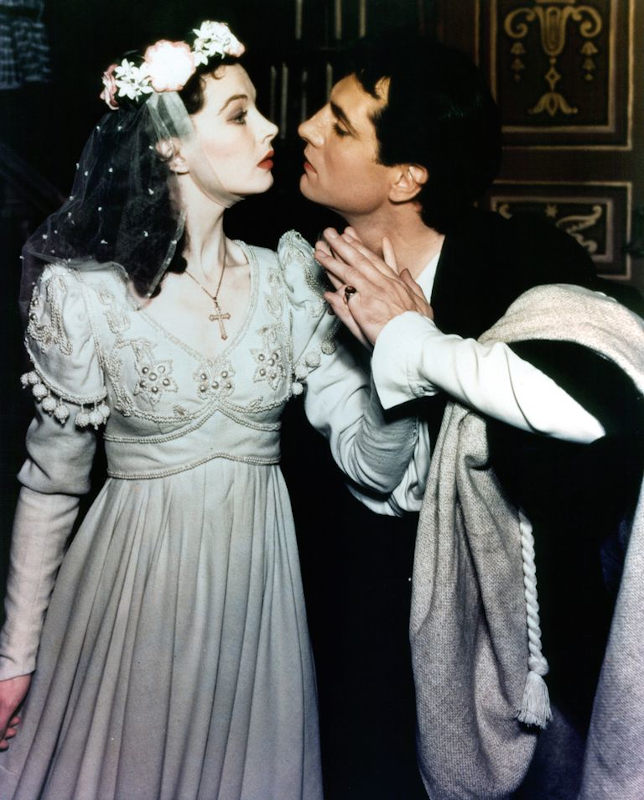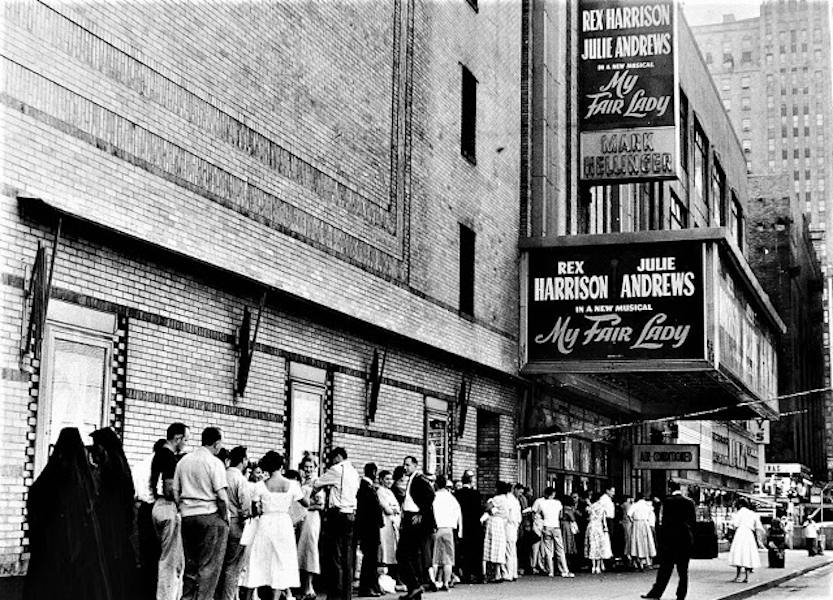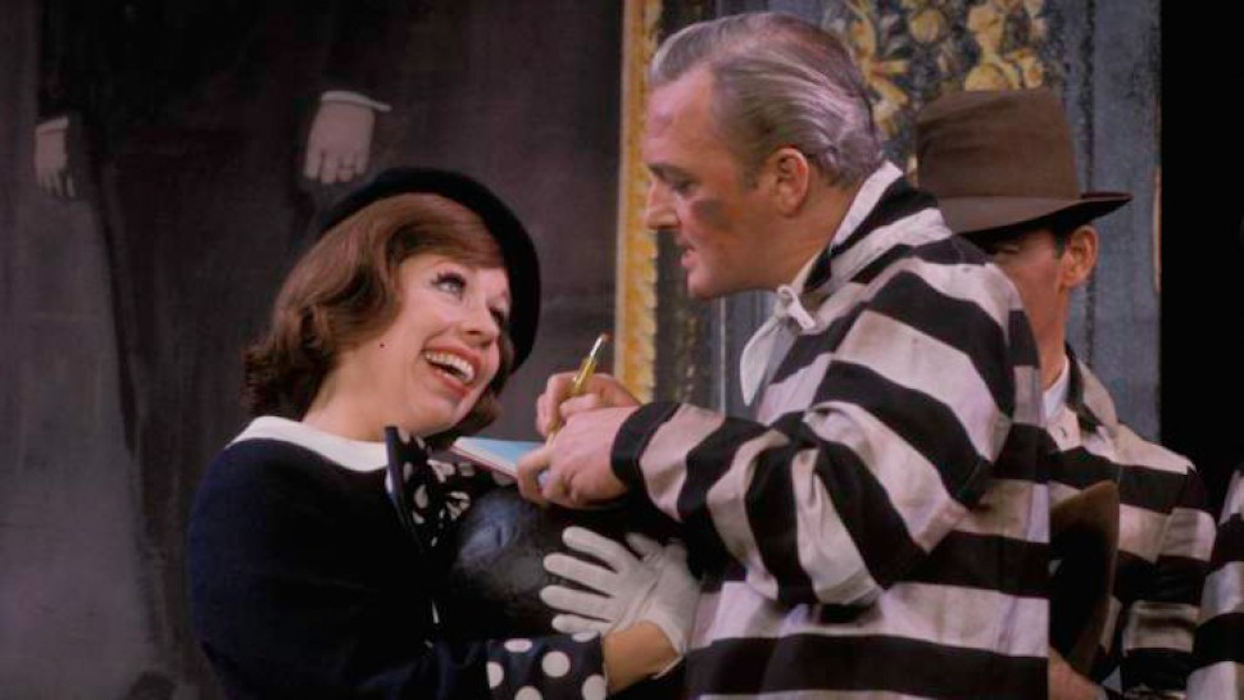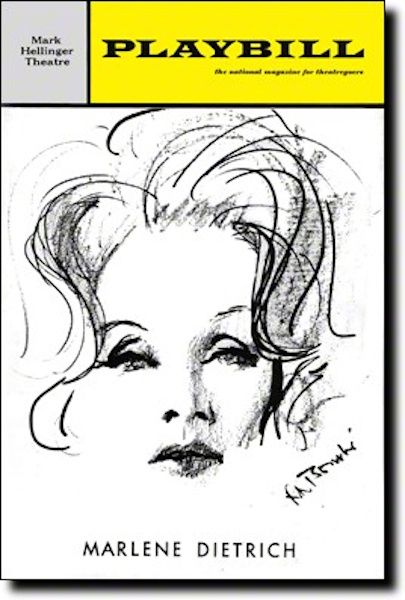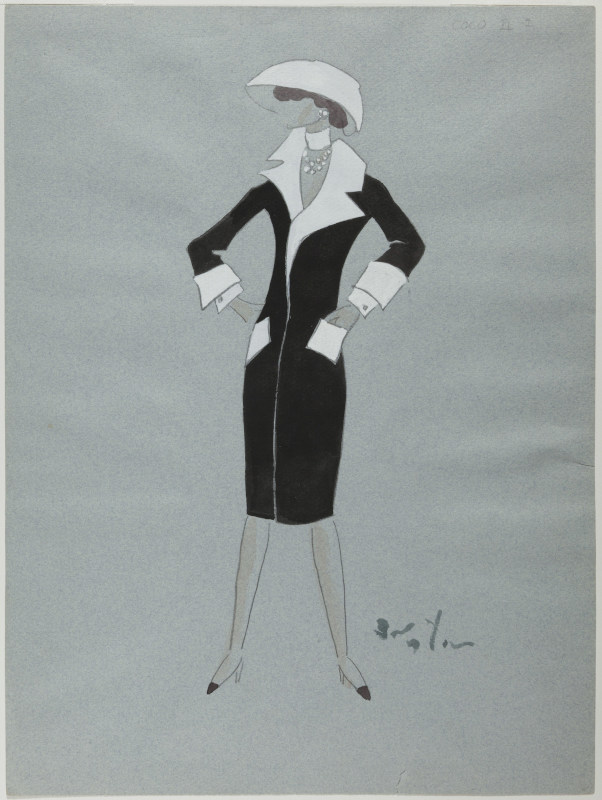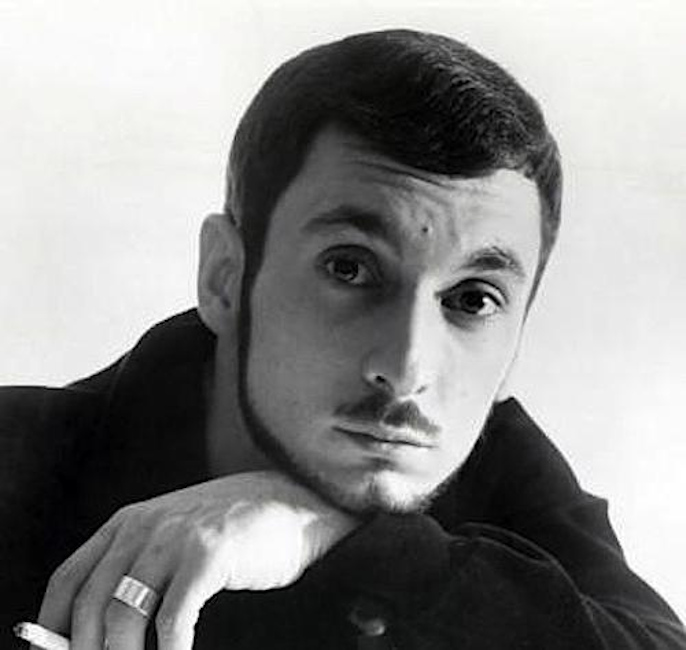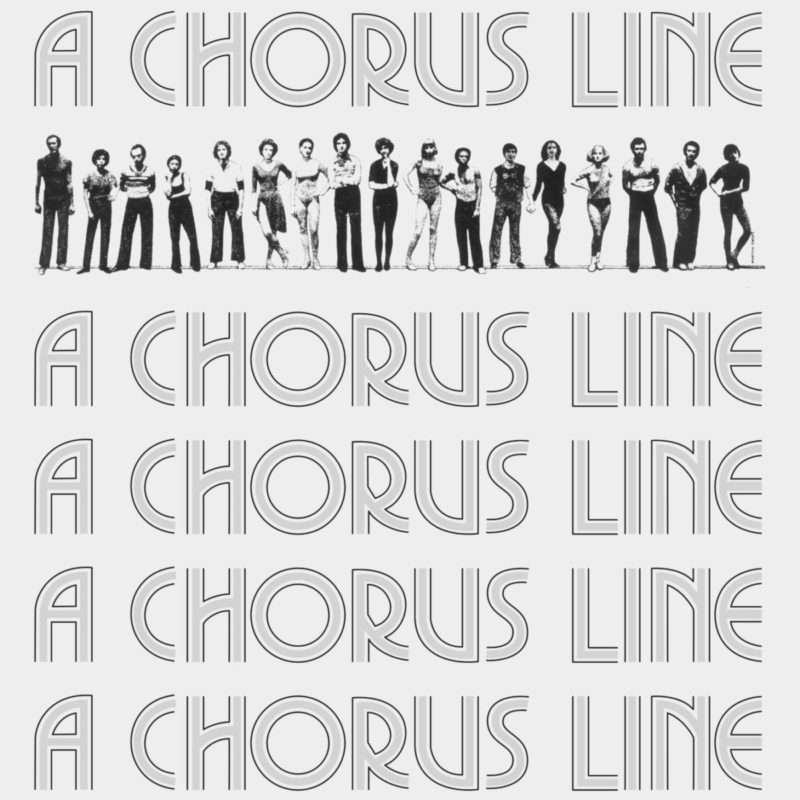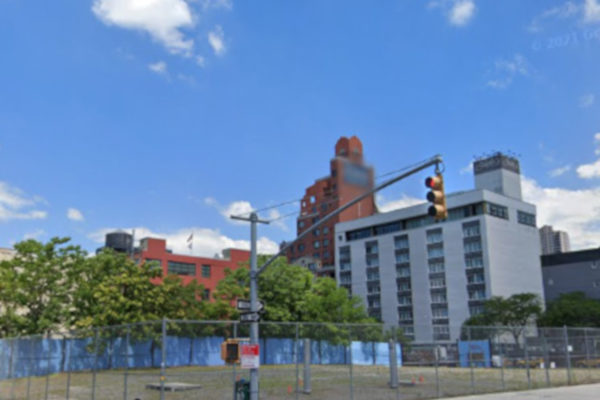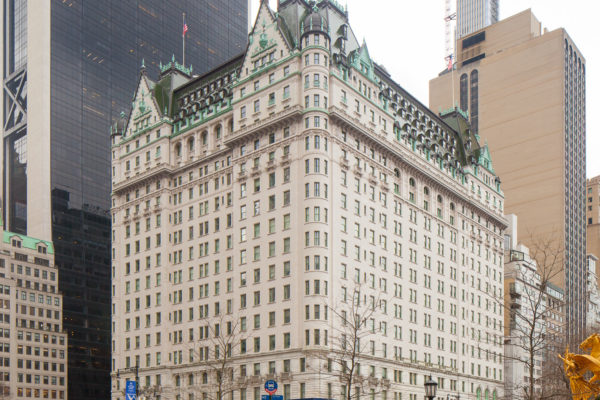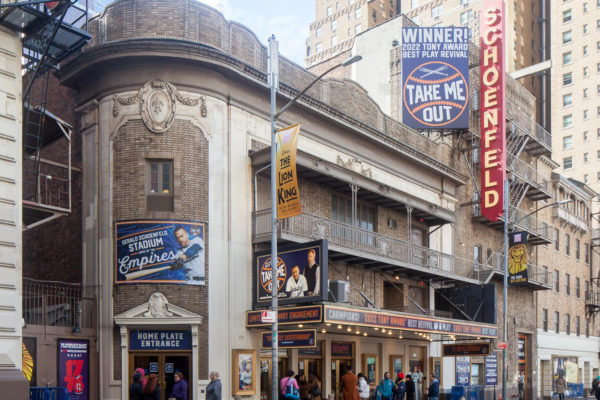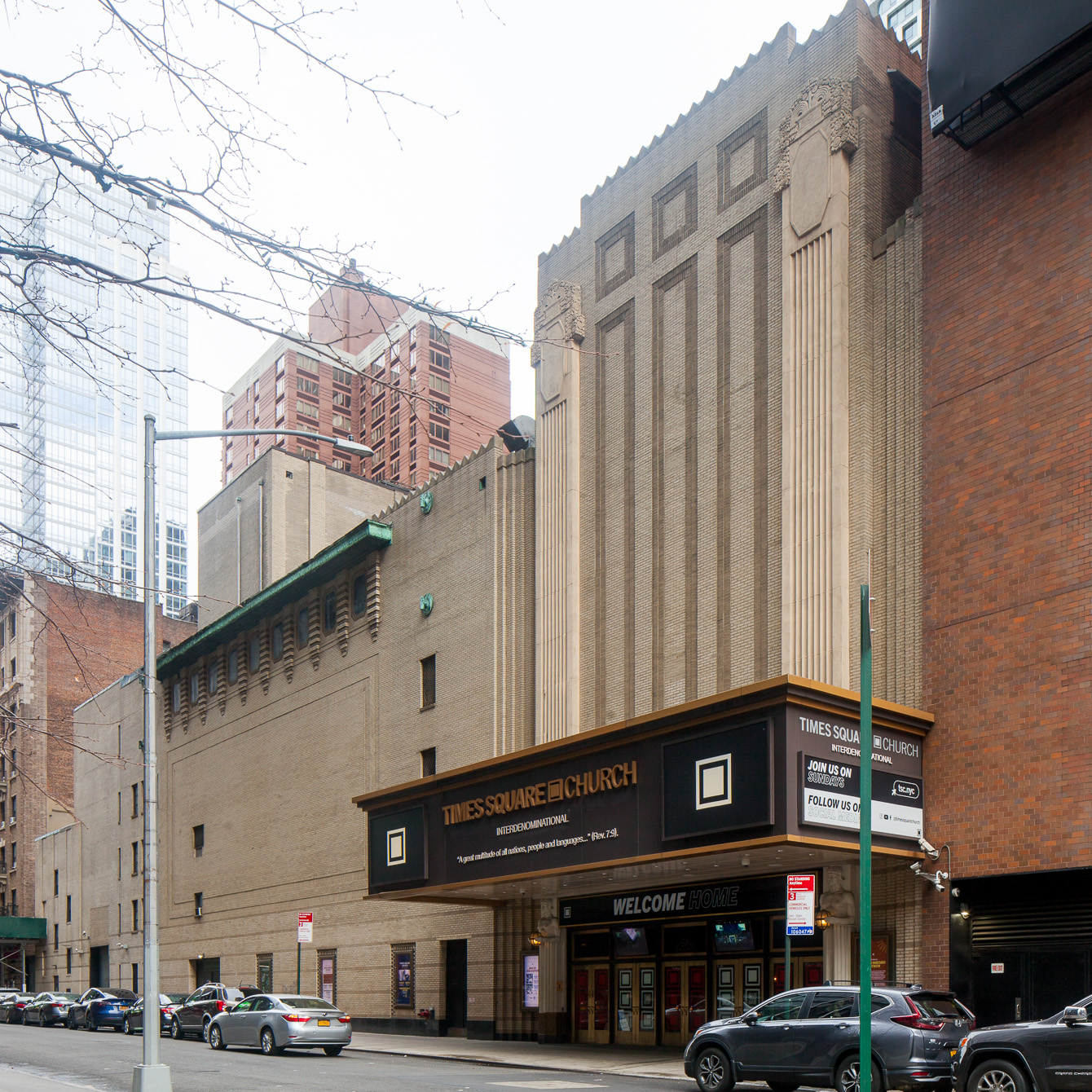
Mark Hellinger Theater (originally Hollywood Theater)
after opening as the Hollywood Theater in 1929, this site was renamed the 51st Street Theater in 1940, and the Mark Hellinger Theater in 1949
overview
Opened as a movie palace called the Hollywood Theater in 1929 (converted to legitimate theater in 1934) and renamed the 51st Street Theater in 1940 and the Mark Hellinger Theater in 1949, this venue has staged multiple productions involving major LGBT performers and creators, including Laurence Olivier, Irene Sharaff, Oliver Smith, Cecil Beaton, Mary Martin, Stephen Sondheim, Katherine Hepburn, Harvey Fierstein, and Nathan Lane, among others.
The building was sold in 1989 to the Times Square Church.
On the Map
VIEW The Full MapHistory
Hollywood Theater
The Hollywood Theater was built for Warner Brothers in 1929 as a large movie palace for sound movies, as well as vaudeville, but in 1934 it was converted for use as a legitimate theater. In 1940, it was named the 51st Street Theater. Romeo and Juliet (revival, 1940) was performed here with the movie star couple Laurence Olivier and Vivien Leigh. At the end of the year, the theater had the highly unusual circumstance of subsequent appearances by two competing successor companies of Sergei Diaghilev’s Ballets Russes. The Ballet Russe de Monte-Carlo (1940) under ballet master/artistic director Leonide Massine, with Massine and Frederic Franklin dancing, was followed by Colonel W. de Basil’s Original Ballet Russe (1940-41). Banjo Eyes (1941-42) featured lyrics by John La Touche and costume design by Irene Sharaff.
Mark Hellinger Theater
In 1949, it was named the Mark Hellinger Theater. Multiple big hits were presented at the Hellinger with LGBT associations:
- My Fair Lady (1956-62; Best Musical Tony Award), with production design by Oliver Smith (Best Scenic Design Tony Award), and costume design by Cecil Beaton (Best Costume Design Tony Award)
- The Sound of Music (1962-63; opened at the Lunt-Fontanne Theater; Best Musical Tony Award), with scenic design by Oliver Smith (Best Scenic Design Tony Award), and with actor Mary Martin (Best Actress in a Musical Tony Award)
- A Funny Thing Happened on the Way to the Forum (1964), with music and lyrics by Stephen Sondheim, and choreography by Jack Cole (opened at the Alvin Theater)
- Man of La Mancha (1971), with choreography by Jack Cole
- Jesus Christ Superstar (1971-73), directed by Tom O’Horgan, with future LGBT rights icon Harvey Milk as his assistant
- Sugar Babies (1978-82), with scenic and costume design by Raoul Pene Du Bois
Shows at the Hellinger by LGBT creators and with LGBT performers included:
- Bless You All (1950-51), staged by John C. Wilson, and with production design by Oliver Smith, costume design by Miles White (Best Costume Design Tony Award), and with actor Mary McCarty
- Tickets, Please! (1950; opened at the Coronet Theater), with actor Larry Kert
- Three Wishes for Jamie (1952), with costume design by Miles White
- Hazel Flagg (1953), with costume design by Miles White (Best Costume Design Tony Award)
- The Girl in Pink Tights (1954), with costume design by Miles White
- Ankles Away (1955), with costume design by Miles White
- Plain and Fancy (1955-56), with scenic and costume design by Raoul Pene Du Bois
- Fade Out/Fade In (1964-65), with actor Jack Cassidy
- On a Clear Day You Can See Forever (1965-66), with scenic design by Oliver Smith, and costume design by Freddy Wittop
- Illya Darling (1967-68), with scenic design by Oliver Smith
- Marlene Dietrich (1968), with movie star Marlene Dietrich in concert
- Dear World (1969), directed and choreographed by Joe Layton, with music and lyrics by Jerry Herman, scenic design by Oliver Smith, and costume design by Freddy Wittop
- Coco (1969-70), with scenic and costume design by Cecil Beaton (Best Costume Design Tony Award), choreography by Michael Bennett and Bob Avian, and with actors Katharine Hepburn and George Rose
- Seesaw (1973) by, directed and choreographed by Michael Bennett (Best Choreography Tony Award), with co-choreography by Grover Dale and associate choreography by Bob Avian and Tommy Tune, and also with Tune as an actor (Best Featured Actor in a Musical Tony Award) (opened at the Uris Theater)
- Timbuktu! (1978), with music and lyrics by George Forrest and Robert Wright, and scenic design by Tony Straiges
- Platinum (1978) by Bruce Vilanch and Will Holt, and with costume design by Bob Mackie
- Merlin (1983), choreographed by Billy Wilson, with lighting design by Tharon Musser, and with actor Nathan Lane
- Grind (1985), with costume design by Florence Klotz (Best Costume Design Tony Award)
- Legs Diamond (1988-89) by Harvey Fierstein and Charles Suppon, and with music and lyrics by Peter Allen, who also acted in it
- Macbeth (revival, 1988), with actor Cherry Jones
The building was sold in 1989 to the Times Square Church.
Entry by Jay Shockley, project director (June 2019, with multiple additions).
NOTE: Names above in bold indicate LGBT people.
Building Information
- Architect or Builder: Thomas W. Lamb
- Year Built: 1929
Sources
“The 1st List of: Gay/Lesbian/Bi Industry People, Both in Front and Behind the Camera,” www.imdb.com, May 31, 2013.
Adam Hetrick, “The Work of Broadway’s Gay and Lesbian Artistic Community Goes on Display Nov. 14 When the Leslie/Lohman Gay Art Foundation Gallery Presents ‘StageStruck: The Magic of Theatre Design’,” Playbill, November 14, 2007.
Internet Broadway Database.
Mark Hellinger Theater Designation Report (New York: Landmarks Preservation Commission, 1988).
Do you have more information about this site?
This project is enriched by your participation! Do you have your own images of this site? Or a story to share? Would you like to suggest a different historic site?
